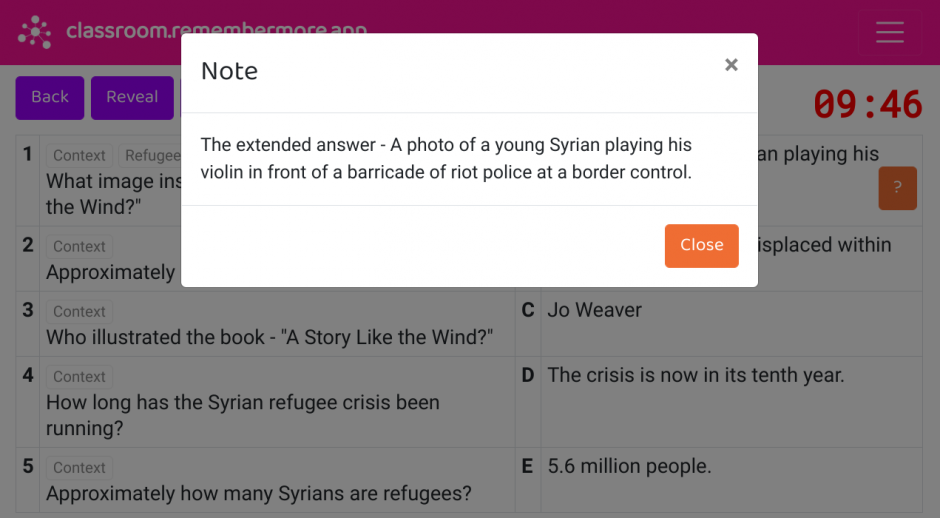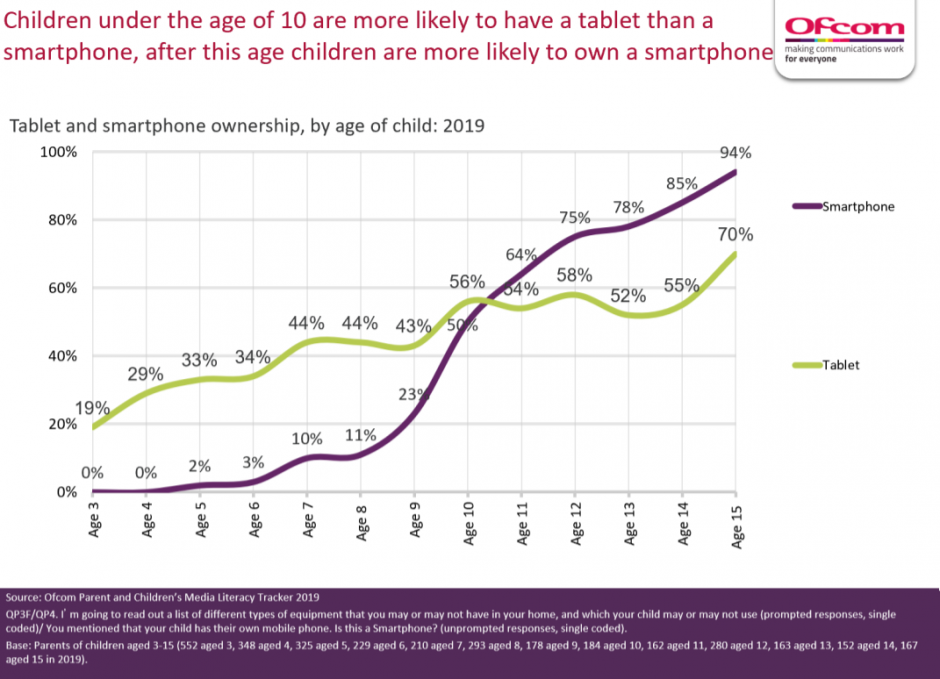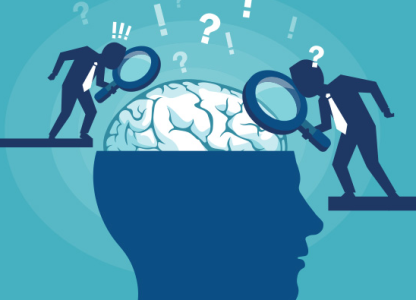This is just an idea, a proposal, an idea incubating, at that. I have been thinking about the notion for a little while and shared it with a few trusted educator colleagues. There are upsides and downsides however I would be interested in discussing this idea with any school or group of schools that would consider developing the idea, moving it forward, possibly implement this idea or concept for September. Schools that employ centralised systems for homework may already be thinking along these lines, or schools that adopt self-testing homework approaches.
Prior Knowledge
What if learners arrived to our classrooms with X substantive knowledge? That is, at the start of the new academic year but could as easily be termly. Classrooms in one school or across a group of schools – scale is not a concern, other than meeting the local needs of the school, educators and learners. Let’s look at that questions in three parts. What is X? What might be different as a result? Is the juice worth the squeeze?
What is X?
X is the substantive knowledge, what learners need to know to access the learning more comprehensively and more deeply. It is difficult for learners to appreciate “A Story Like the Wind,” without first understanding and appreciating the plight of refugees around the world and the desperate lengths many go to improve their lives.
What is X – here are three examples, one is drafted in full and the other two incomplete – as the process needs subject expertise.
| Year 7 English X (as it is my current subject area) | Year 7 Geography X | Year 7 MFL X |
| Year 7 starts with ‘A Story Like the Wind,’ depicting the plight a group of refugees crossing a space of water, revealing their memories of a previous life. The term start with “What is a refugee,” and a BBC report from Syria. Then an introduction to the characters and then a move to “The significance of Stories.” | I would need your help here. I foresee it would be unique to your curriculum. | And here, I am illustrating my point with “All About Me” vocabulary however, happy to be corrected. |
| Power vocabulary associated with the text. Endorse, Empathy, Refugee, Asylum seeker, Fable, Amnesty, Passion, Poignant, Persecute, Amnesty International, Displaced, Sectarian conflict. Vocabulary from the first section, pages 01-09 Colt, Synapses, Etched, Clutching Places of interest – Syria Numbers – 5,600,000 Refugees world wide | personal id physical description | |
| 10-30 items comfortably. | 10-30 items | 10-30 items |
What is X – power vocabulary (vocabulary associated with the text), vocabulary from the text, keywords or definitions or independent, substantive items of knowledge. This content is then written as retrieval question-answer pairs or cards with elaborative notes. Very swiftly, before you know it – you have 20 cards per subject, 200 cards per term / year cohort – comfortably.

Which leads onto which subjects or all curriculum areas? Which year groups or all year groups? (However, I am most keen to explore Year 7, as learners are more likely to be transitioning from various learning environments, to a single Secondary school). The other year groups I am most curious about, are the first year of exams, Year 9 or Year 10 for GCSE and Year 12 for A Levels – of Scottish qualifications, or any country examination system – partly due to the smartphone % and the expected independence.
Do subjects have equal weight of content? Or does that reference their curriculum allocation? English, Maths and Science allotted 15-20% of the deck each, with History, Geography, RE 10% and so on.
Should we expect learners to study over the summer break? It depends… on the balance of the upsides and the downsides mentioned earlier.
With RememberMore, the learning proposed, would be very little, often. (2-15 mins day depending on the year group), and if learners missed day, a week, no problem. The investment is accumulative, can be caught up. The learning is available on mobile or web, though our focus is the app. On the app RememberMore offers “Session summaries,” to measure performance and Stats to track progress. The web is a safety net.
And still, I ask myself, are we at risk of broadening any learning gaps, as opposed to closing them, due to accessibility, encouragement and support?

2019 50% of 10-year-olds own their own smartphone, up from 30% in 2015. That smartphone ownership doubles between the ages of 9 and 10. By age 15, 94% of teens have their own smartphone, up from 83% in 2015.

64-75% of Y7s therefore have access to mobile app content. What does that look like locally?
Literacy is a potential barrier to accessing content on RememberMore – this impacts on the definition and design of the content. Can RememberMore decks be adapted for low entry access? EAL?
What about those learners without access. First, once downloaded and installed, RememberMore works without connectivity. Once defined, designed and written, could we change the delivery method? Yes. Hard copies. More squeeze.
What might be different??
Would learners be buoyed or reassured, arriving with a common knowledge foundation to lessons? Or anxious if they did not know that same knowledge as the others in the class – yet? What would be the net consequence?
How quickly could we support those that had not accessed the learning, “catch up.” – The time it takes to learn the deck.
Could the same approach be used to support in-year transfers? Yes.
Would learners be more confident – knowing, that they know (and can remember), what was about to the taught at the start of the year?
If the delivery and concept was successful, how would classroom conversations change? Would conversations be enriched? Would educators be able to recognise and value knowledge sooner, praise sooner? How would learning and relationships be influenced?
Would this model lend itself to homework? Whole school literacy?
Is the juice worth the squeeze?
What is the squeeze per year group? The DDD of RememberMore. Define. Design. Delivery.
- 1 Teaching and Learning lead and 10 Heads of Department or subject leads define X (and a common format, design, and % of the deck). 30-60 mins. A process that may even highlight curriculum overlap and cross curriculum themes
- Heads of Department or subject leads design X – access to a Google Sheet. 10 x 30 mins.
- RememberMore delivers X (learners download and install the app. Select the group code. X is delivered). 0
- RememberMore dashboard presents Insights on X (Teaching and Learning lead)
- 100-200 items offers approximately 120-150 minutes learning / 6 weeks = 3 mins per day.
- Learners have metrics and insights on the RememberMore App
- Teaching and Learning leads have aggregated, cohort, individual learning metrics and insights via Dashboard
- Possible diagnosed SEND insights and outliers insights
- Teachers have learning metrics and insights to learner readiness for class via Dashboard
I am conscious that Teaching and Learning leads need a break too. I mindful, that there always will be unexpected consequences to good intentions. What might they be? Educators may encounter an unfamiliar start to term (albeit positive), even if that start is enhanced, it is still more change.
The cost-benefit has to be sufficiently preferential to adopt anything new.
- RememberMore is adaptive – personalised for each learner
- a higher % of the learners in the class have a common substantive knowledge base from which to access learning
- % of the learner are more confident about the start of term
- educators are able to recognise and value knowledge sooner, praise sooner
- the same knowledge provides a series of expertly written ‘Do Nows’ or activities to build a ‘success climate’ in class
- educators are able to accelerate learning sooner, with substantive knowledge acting as a springboard to broaden and deeper the learning in class
As I say – it is an idea.



